Lycian Royal Limestone, a unique sedimentary rock quarried in Antalya, Turkey, is gaining increased attention for its potential in modern architecture and construction. The stone, known for its durability and aesthetic qualities, is being recognized for its ability to blend seamlessly with contemporary designs while retaining a connection to the region’s rich history.
Historical Significance of Lycian Royal Limestone
The Lycian civilization, flourishing in the region from the 7th century BC to the 1st century AD, extensively utilized this limestone in their monumental structures, including rock
- cut tombs, theaters, and city walls. Examples of this can be seen in the ancient city of Xanthos, a UNESCO World Heritage site, where the limestone's strength and weather resistance are clearly demonstrated. The stone’s natural variations in color and texture, ranging from creamy white to light gray, provided a distinctive character to Lycian architecture. The use of Lycian Royal Limestone reflects a deep understanding of the local environment and a commitment to sustainable building practices.
- Exterior cladding
- Interior wall finishes
- Flooring
- Decorative elements
- term sustainability.
- term viability and preserving its cultural significance. The blend of historical relevance and modern architectural possibilities makes Lycian Royal Limestone a valuable resource for the construction industry and a testament to the enduring legacy of the Lycian civilization.
Modern Applications in Architecture
Today, architects and designers are increasingly drawn to Lycian Royal Limestone for its versatility and aesthetic appeal. Its fine grain and consistent composition make it suitable for a wide range of applications, including:
The stone’s ability to withstand harsh weather conditions and resist erosion makes it an ideal choice for projects in coastal areas and regions with extreme climates. Furthermore, its natural color variations provide a unique and organic look that complements both modern and traditional architectural styles. For instance, a recent project in Antalya utilized the limestone for the façade of a luxury hotel, creating a striking contrast between the ancient material and the contemporary design.
Sustainable Sourcing and Preservation
Quarries in the Antalya region are employing sustainable practices to minimize environmental impact. These practices include careful planning of extraction sites, responsible waste management, and efforts to restore the landscape after quarrying. Maintaining the integrity of the region's natural environment and preserving the cultural heritage associated with Lycian Royal Limestone are key priorities. Local authorities are working with quarry operators to ensure that extraction methods comply with environmental regulations and promote long
Future Prospects
The growing demand for natural stone and the increasing awareness of Lycian Royal Limestone’s unique properties suggest a bright future for the material. Continued research into the stone’s characteristics and potential applications, coupled with responsible sourcing practices, will be crucial for ensuring its long
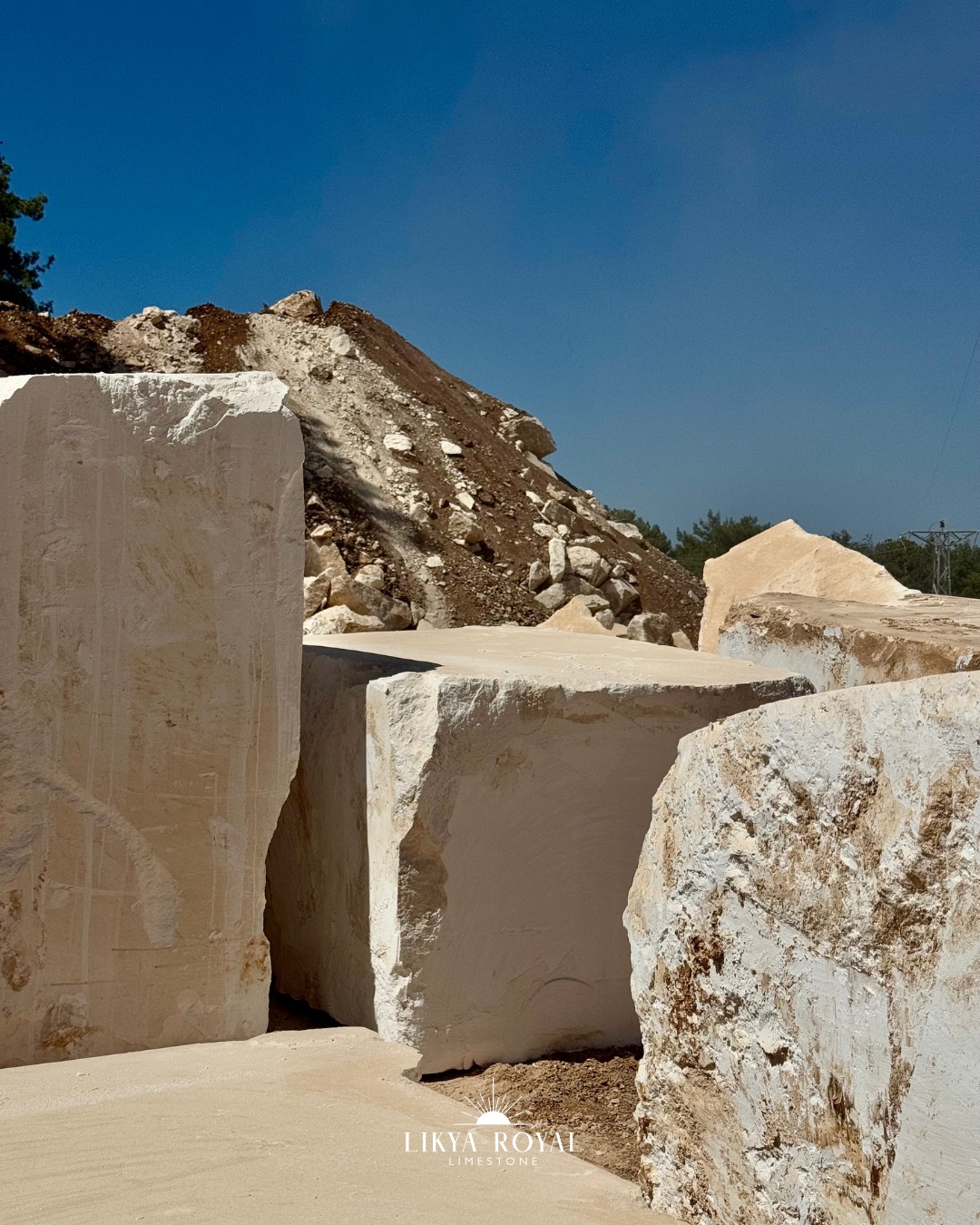
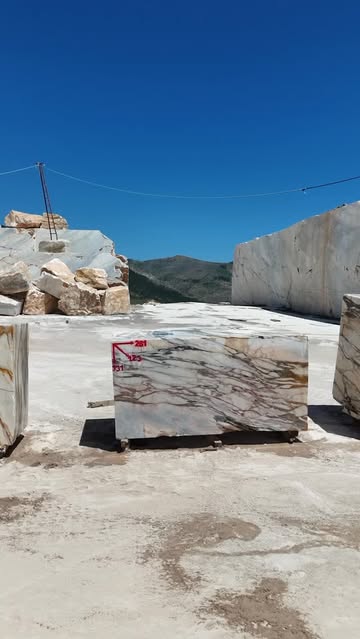
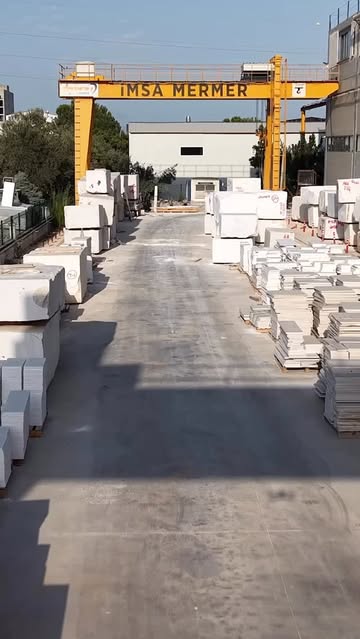
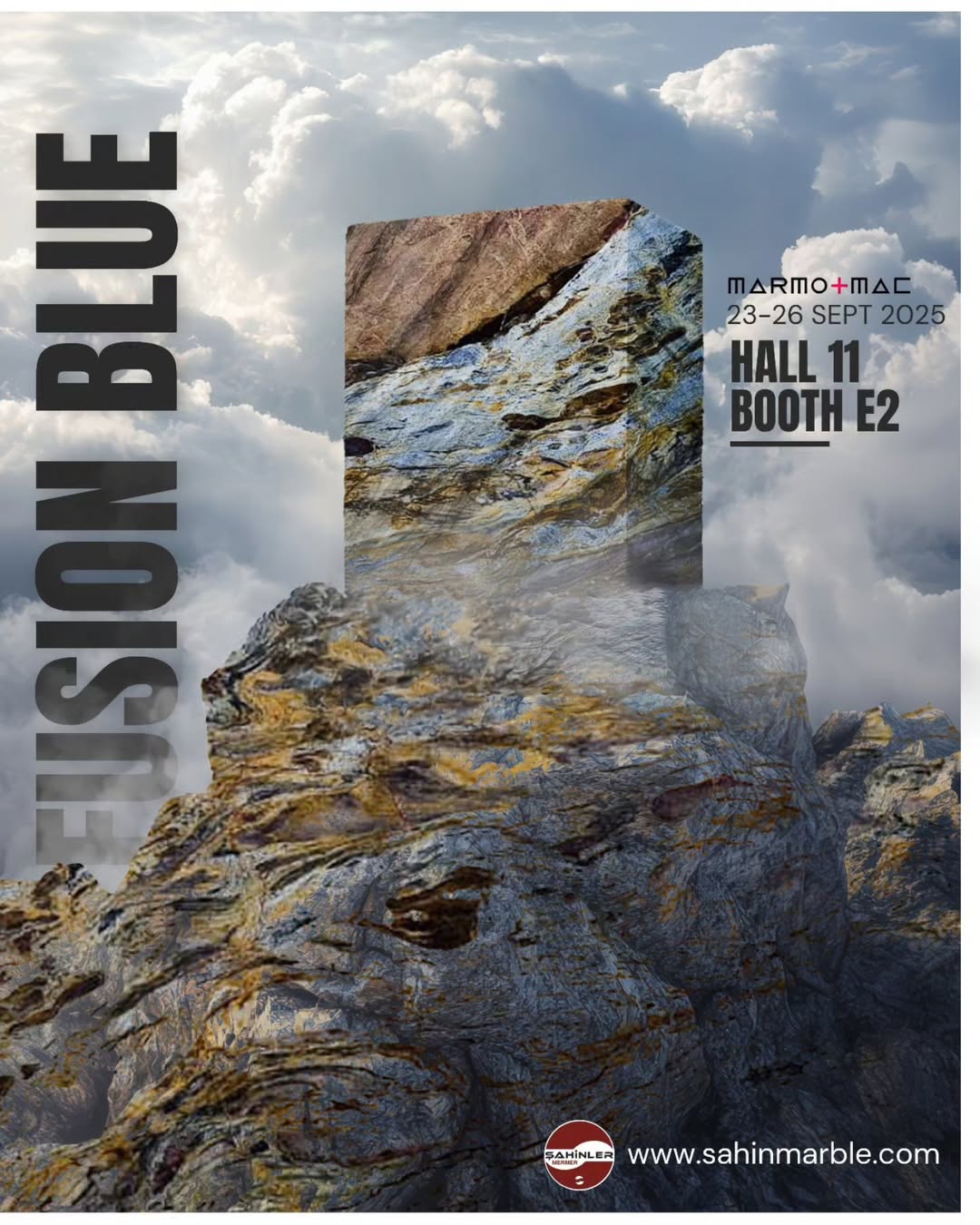
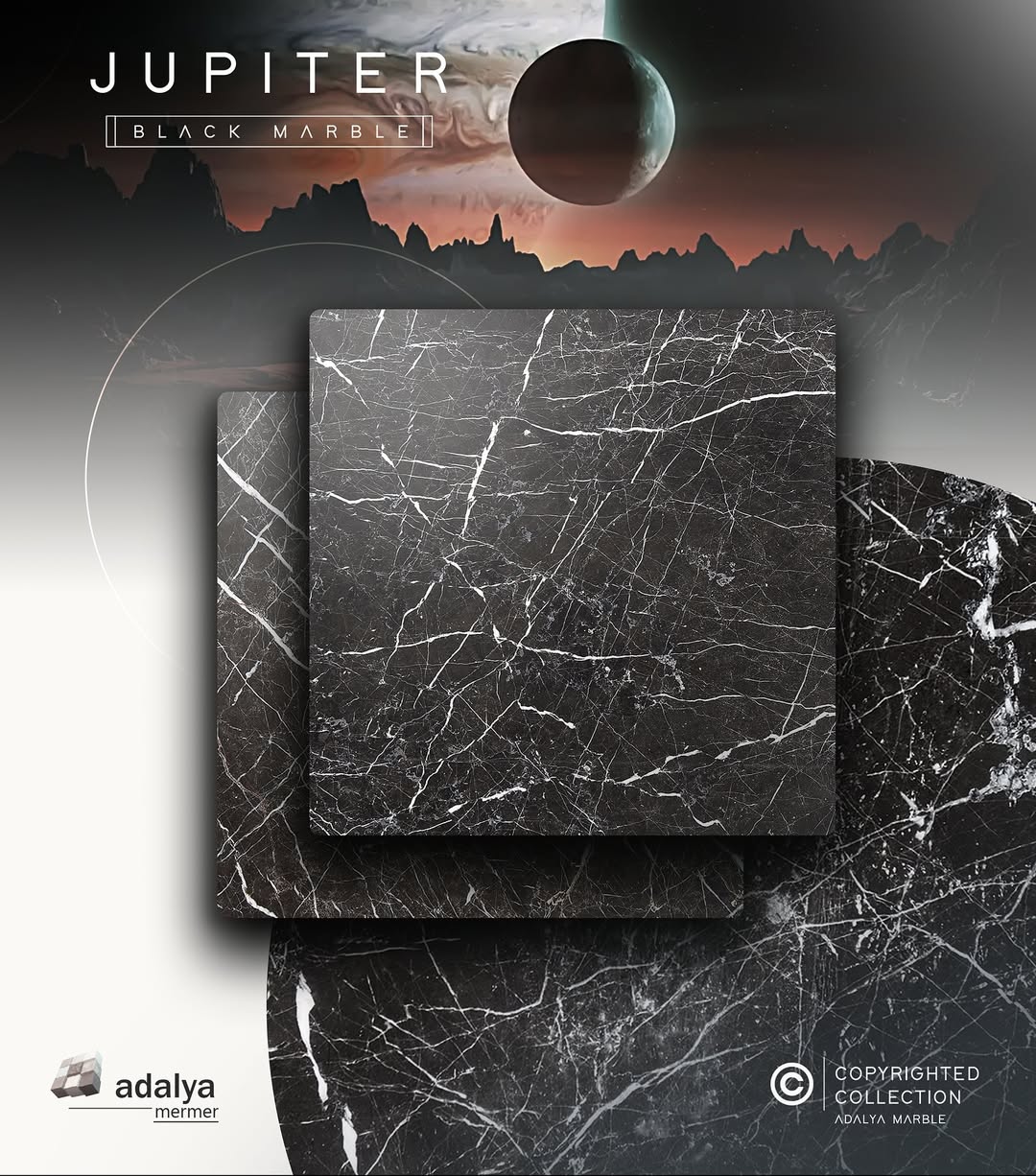
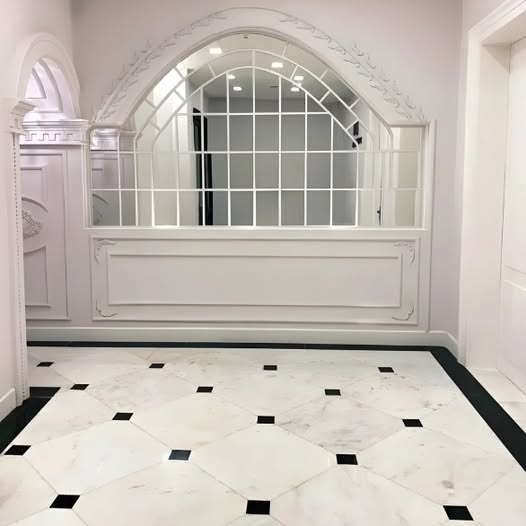


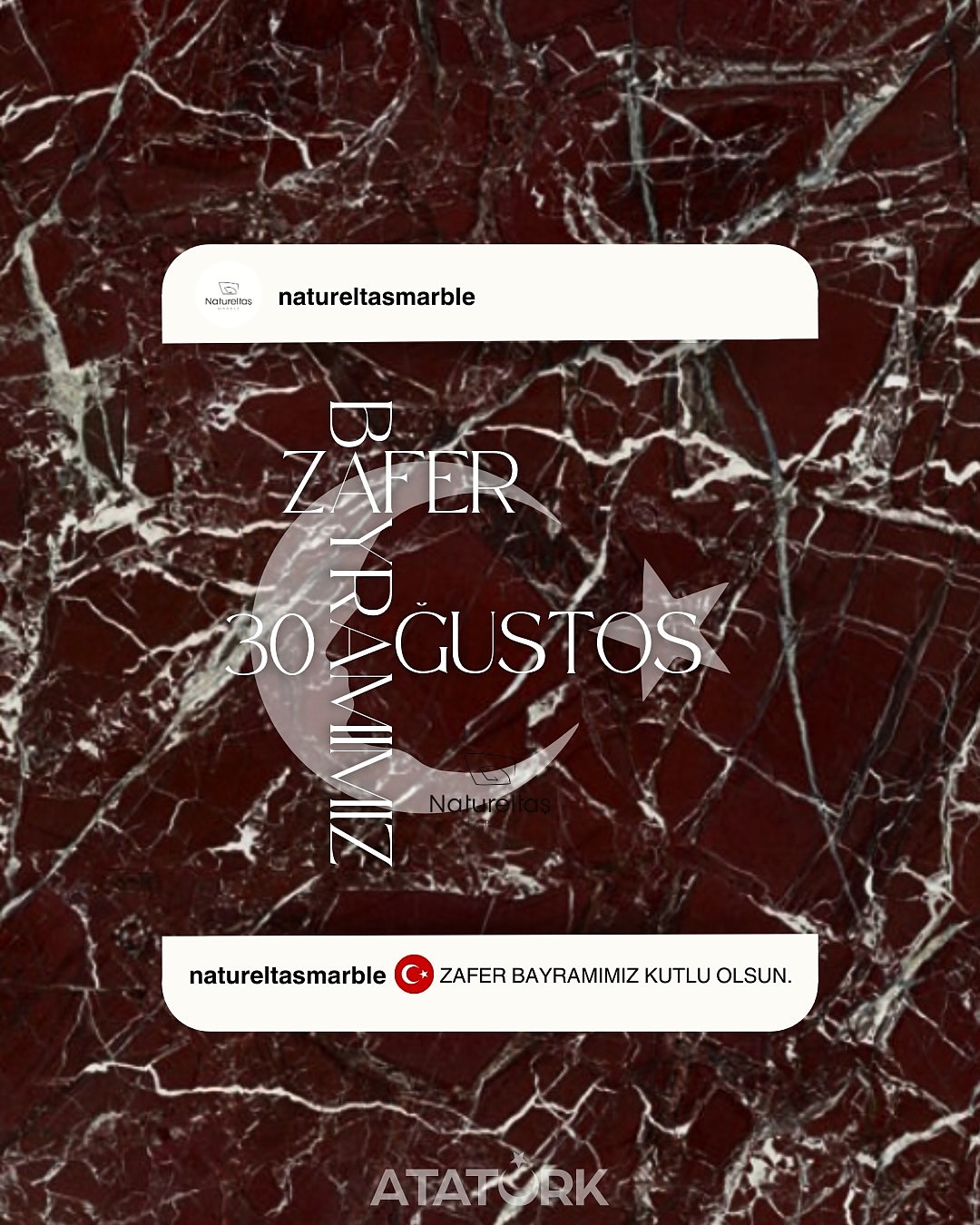
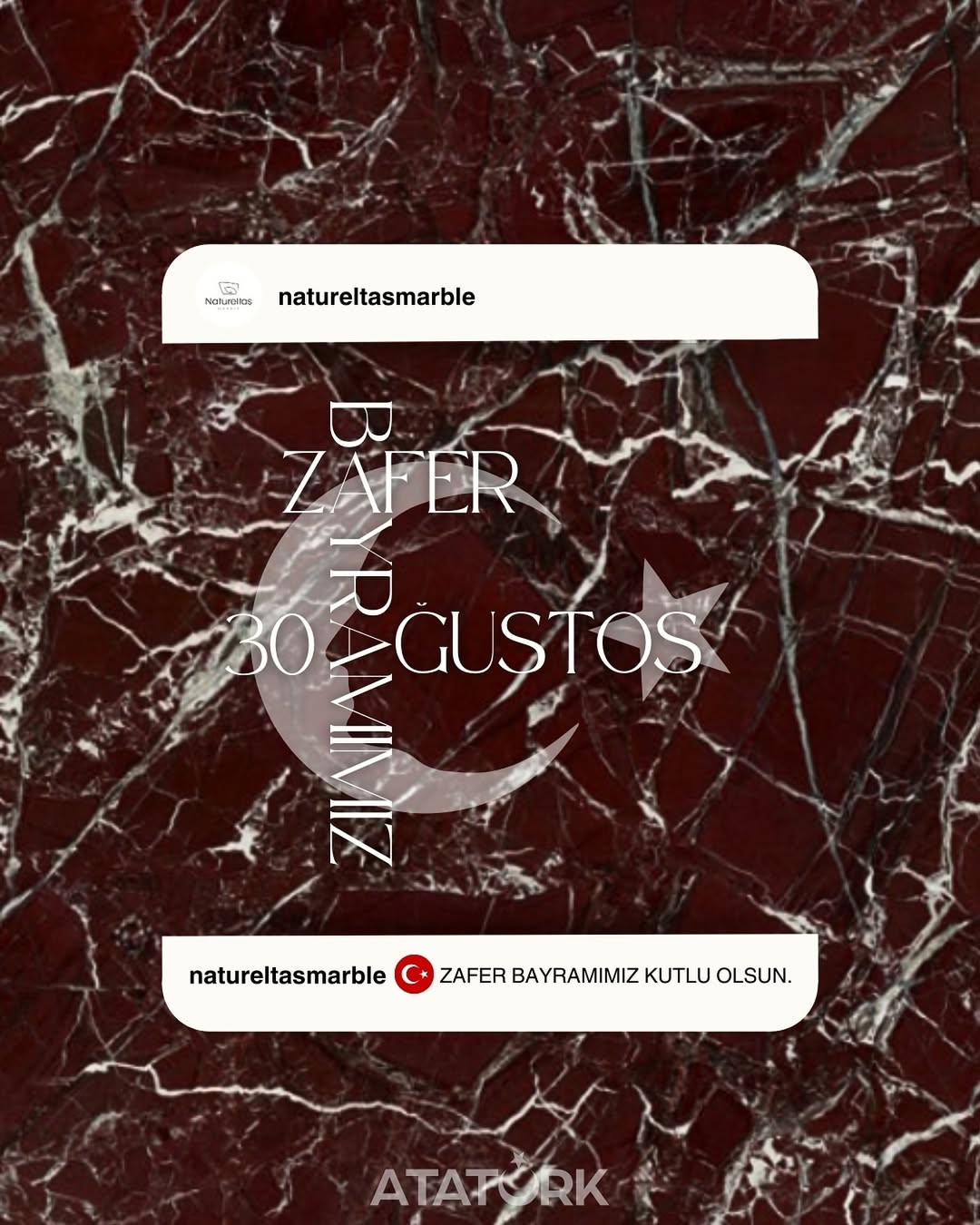
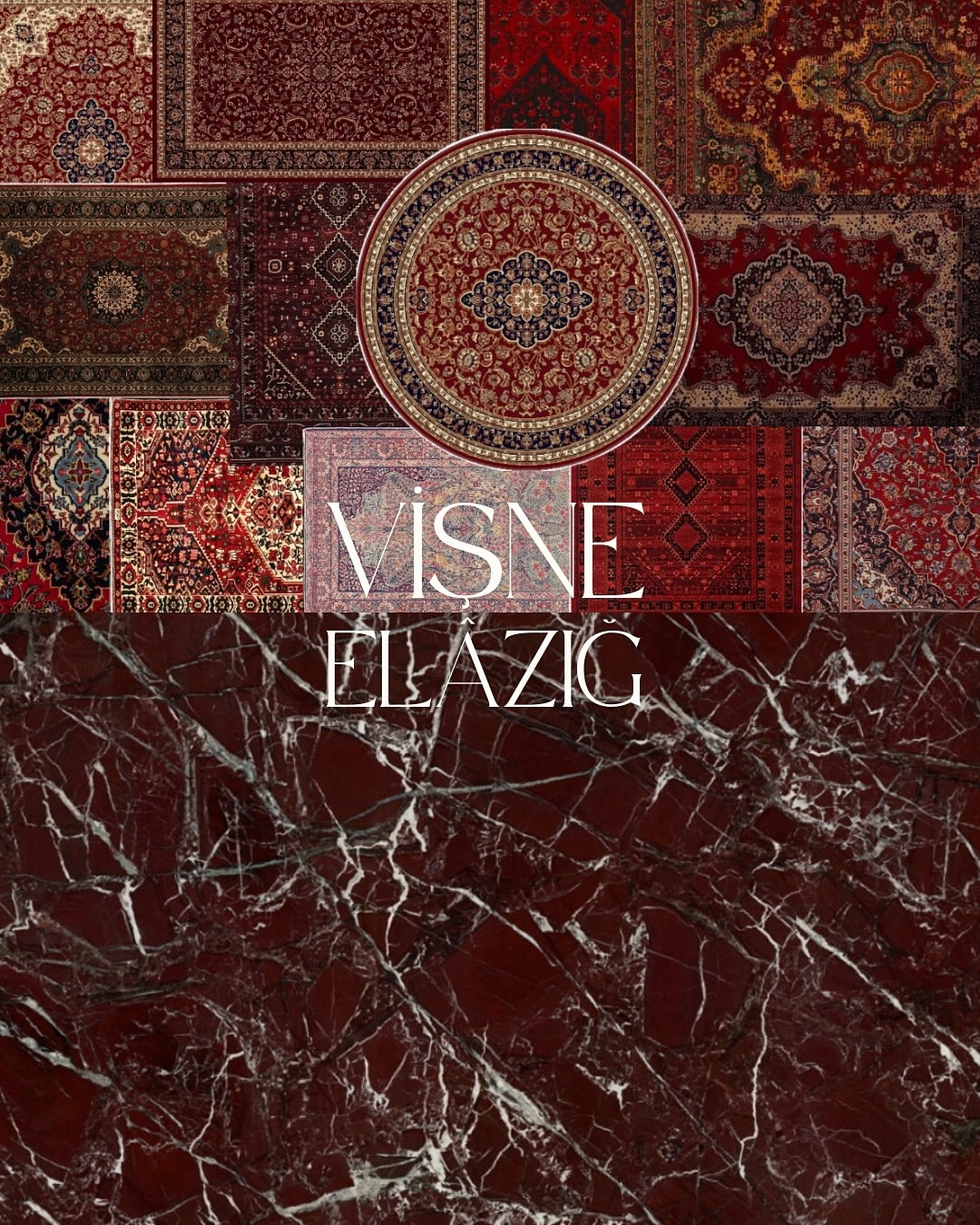
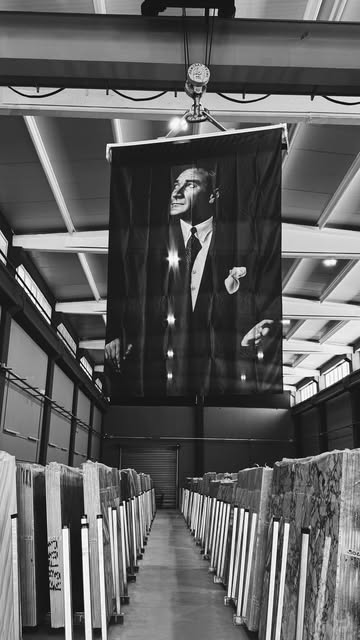


Yorumlar
Yorum Yap